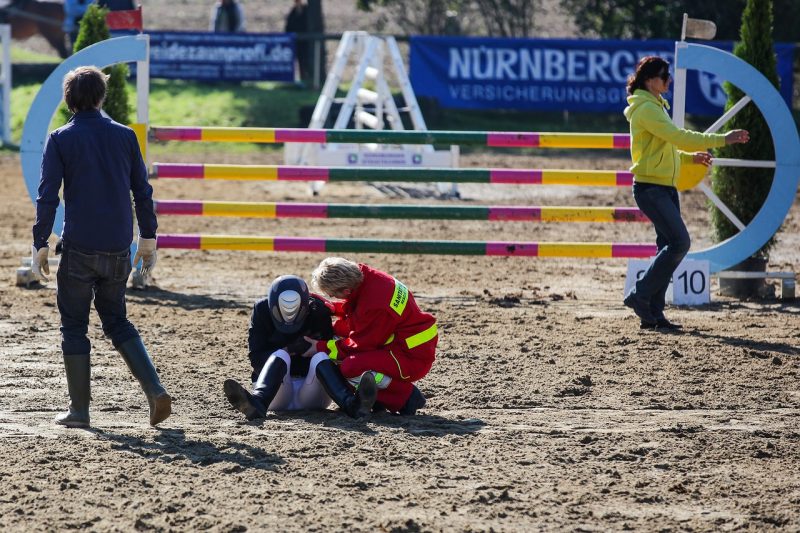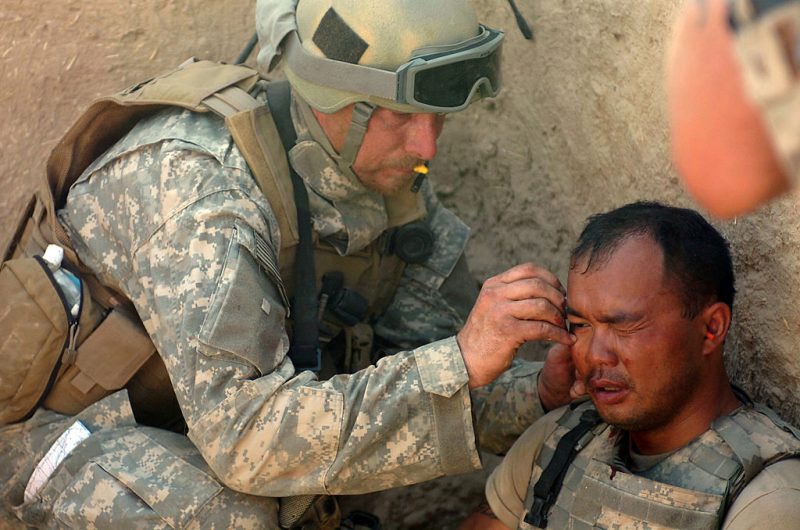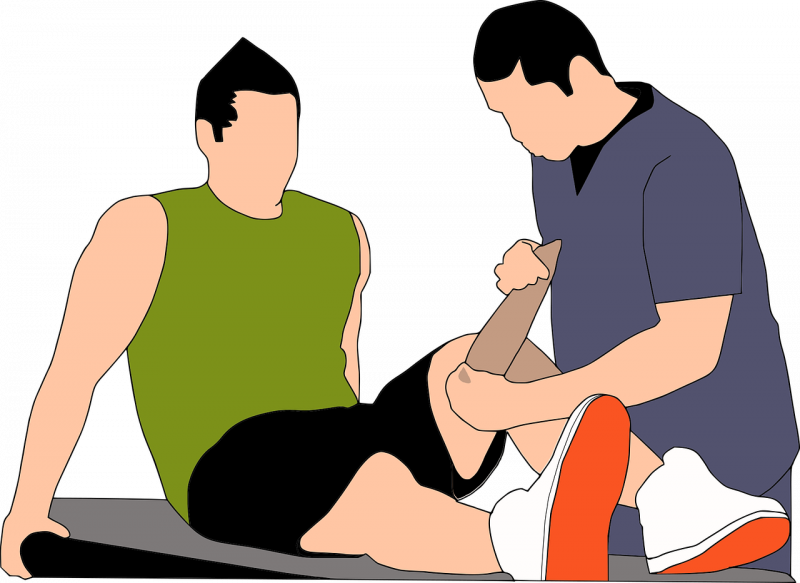How to treat an open wound
The danger of having an open wound is not only the loss of blood and tissue damage but the chance that you might get infected. Your flesh might come in contact with dirty clothing or skin, and bacteria could get in the wound easily. Not removing the foreign debris properly could lead to contamination and real problems.
Under any circumstances, you shouldn’t leave an open wound without treatment ever. In this article we’ll discuss few types of open wounds, and after we’ll introduce step-by-step how to treat these wounds and prevent further infection.
Types of open wounds

Avulsion
This type of wound is when both the tissue and the skin is torn. A gunshot wound is an example of an avulsion wound. Immediate treatment is required for this kind of injury since it bleeds very rapidly.
Abrasion
Basically, an abrasion is the same thing as a scrape. It’s when your skin rubs against a surface that tears apart the skin and exposes the inside flesh. While the bleeding is minimal, it still requires treatment to prevent an infection.
Laceration
A laceration wound is a slash or irregular deep cut in the skin. It usually occurs as a result of an accident with a knife or other tool. Immediate treatment is required since there is a lot of bleeding involved.
Incision
Similar to laceration, this wound is when a knife or another sharp object cut into the skin. The difference is that incision is a clean and straight cut in the flesh. These are usually the most bloody, and can also cause damage to the tendons, internal organs, and muscles.
Puncture
A puncture is a wound caused by pointed objects, like nail or needle. The bleeding with this wound is not strong, but if the object punctures deep enough, it can damage the internal organs.
Treatment
Assess the victim

The most important thing you should do if there is an injured person is to assess the victim and examine all injuries. Make sure you determine the severity of the injuries and which one needs the most attention.
Stop the bleeding
Secondly, you need to stop the bleeding of each open wound. Make sure you start with the more serious ones or the ones that bleed the most. Don’t just wrap a tourniquet above the wound, but apply direct pressure over it with a barrier between the wound and your skin. The barrier can come in the form of a clean bandana or article of clothing, or use sterile medical gloves.
If the wound is located on a limb, make sure the victim lays down on the back, with the limb above their heart. This way you’ll slow the rate of bleeding and stop a lot of blood from going to the wounded area.
Clean the wound

This step is really important since it will prevent the infection. After the bleeding stops, pour some water over the wound at a perpendicular angle. Make sure you pour the water slowly and steadily at the same time. You want to flush out any foreign matter inside the wound. It’s crucial that the water you use is the cleanest one you have since dirty water will cause more infection.
Dress the wound
After cleaning the wound, it’s time to cover it. Make sure you don’t close or suture the wound; it’s best to leave that to a medical professional. Dressing the wound is a temporary solution until the victim gets the proper medical treatment.Make sure you use a moist pad under a dry pad when dressing the wound. The best example is a damp gauze pad covered with a dry one and then secured with a tape. For larger wound, you can use a gauze pad and a bandana. With the dressing, you want to completely cover the wound, and prevent any outside contaminants from getting inside.

It’s very important to pay close attention to the victim all the time. Make sure they get plenty of rest and stay completely hydrated. Check the dressing once every 12 hours, and scan the wound for infection all the time. If you notice something suspicious, remove the dressing, clean the wound again, leave it open for a day, and dress it again.
Infection
Even if you follow all of the steps above, an infection might be inevitable. Here are few steps on how you can minimize the effect of the infection:
- Antibiotics (if you have any)
- Drain the wound once a day with a probe
- Place a warm compress on the wounds for half an hour, three times a day
- Make sure the victim is hydrated
- Expose the wound to flies, and redress it again
- Remove the maggots after they have killed the dead tissue
- Wash the wound with clean water every day
After a while, the wound will heal normally and the infection will be reduced if you follow this method.
If you have any comments, please drop us a message on our Outdoor Revival Facebook page.
If you have a good story to tell or blog, let us know about it on our FB page. We’re also happy for article or review submissions; we’d love to hear from you.
We live in a beautiful world, get out there and enjoy it. Outdoor Revival – Reconnecting us all with the outdoors.





